All about TikTok as a business platform for brands
TikTok, the short video sharing app from Bytedance, has been on a roll in India. The app has been growing in popularity among not just the users but brands as well. Of the 700 million users that TikTok has globally, 200 million are from India.
TikTok allows users to film 15 second clips of them lip-synching to music or comedy sketches and share with their friends. The app has made it very easy to create videos and is incredibly popular with the youth of India.
However, not too long ago, the app was caught in a controversy due to exposing youngsters to cyber-bullying, promoting dangerous behavior and sexually explicit content and was banned from being downloaded in India. However, the ban was later lifted and app rebounded stronger than ever.
Read More: Tiktok ban lifted; win for Bytedance but needs to course correct quickly: experts
Pepsi was the first brand to launch a marketing campaign on TikTok soon after it returned to the Indian market. As part of the #HarGoontMainSwag campaign, Pepsi released a Swag anthem featuring Tiger Shroff, Disha Patani and Baadshah and launched a #SwagStepChallenge on TikTok to encourage users to participate. Within 24 hours, the campaign garnered over 240 million views and 15,000 user generated videos set to the tune of the anthem. Till date, the campaign has generated 1 billion views.
Encouraged by the huge numbers generated by the platform, Pepsi once again collaborated with TikTok to launch their campaign for Lay’s, called the #Wavez4India challenge. Yuvraj Singh and dancing sensation Shakti Mohan have been roped to participate in the challenge that went live at 12 pm on July 5, 2019. Within 24 hours, Pepsi reported that the campaign had garnered 400 million likes and a level of engagement unheard of in other social media platforms.
Clearly, the RoI on investment in terms of eyeballs on the platform is far higher than any other platform.
Dissecting Pepsi’s success on TikTok
Ashutosh Harbola, CEO at Buzzoka, an influencer marketing company that had executed the SBI YONO 20 under 20 campaign that leveraged 2,000 influencers, recalls the use of TikTok in the campaign strategy. “We were the first company in India to do a TikTok campaign. Our first TikTok campaign was for HDFC Life. The second TikTok campaign was for SBI. SBI used over 100 influencers during the TikTok campaign called 20 under 20.”
He further said, “Suppose I start using a hashtag on TikTok and got an influencer to make a video, then people will join in to do a duet or enact the video. If the influencer has a 10 million fan base and he ignites them to participate, if even 0.1 per cent people participate then that is almost 100-200 videos. It is a network play and once that play gets activated then those kinds of numbers are not a far-fetched dream. And if you have TikTok as a platform promote your content, then nothing like it.”
In fact, 100-200 videos are a conservative estimate if one considers the ease of use of the platform. Sanjay Mehta, Joint CEO, Mirum India, explained, “The platform has made it extremely simple to create and share videos and that has brought on a very large participation from users. The ease of use has created a very large user base, repeat usage, and stickiness to the platform. Any platform that presents that promise is of interest to brands. Since users are spending a lot of time on the platform, creating content, consuming content, therefore brands are also trying to leverage the platform.”
Although the platform is geared towards the virality factor, for Pepsi’s campaign to generate such high numbers so soon after the deployment of the campaign raises the question of discoverability.
According to Harbola, “What Pepsi would have done here is directly get into a deal with TikTok. Typically, they would have collaborated with TikTok to create a content challenge on the platform. TikTok would have pushed it from their side to generate a majority of views. They have done an influencer led campaign, but in a smart manner. You are talking about 400 million likes, right? These numbers are not possible unless you have a direct association or tie-up with TikTok.”
Through a direct association, Pepsi would be able to leverage TikTok’s own stable of cultivated influencers who command up to 10 million followers on the platform. Then once that virality effect has been triggered through these networks of influencers, generating such high views does not become a far-fetched idea.
“I used influencers on TikTok to promote SBI, in this case Pepsi would have directly collaborated with TikTok to create certain content which is on these lines,” added Harbola.
Importance of TikTok as a platform
“People are realising that TikTok is a great medium. Once you use it you will understand the stickiness of the platform. TikTok’s major audience comes from Tier 2 and 3 cities, where the platform is doing fabulously well. These are the growth markets for all brands, especially Pepsi. While brands have their metro strategy in place, they do not have a strong strategy for rural India. TikTok also has the desired reach that a lot of brand marketers are actually seeking to build,” pointed out Harbola.
Mirum’s Mehta added here that the platform has done a great job delivering a seamless user experience. “The platform has cultivated the influencer community well and there has to be some sort of a secret sauce for a platform to grow so fast so late. It is a mature environment from a video point of view with so many YouTube, Facebook, Instagram kind of platforms being there. If you want to come in, penetrate this market and create a large following, then obviously something unique is being done. The way they have cultivated influencers could be one of the factors,” he noted.
“Mark my words, TikTok as a platform is going to give you millions of Shah Rukh Khans over the coming years,” said Harbola. “It is unearthing such great talent in India. Celebrities like Bharti from ‘The Kapil Sharma Show’ are already using TikTok and are well known on the platform. Younger celebrities are aware of the power of TikTok and the markets that it is catering to. Their maximum fan base resides in those markets.”
Brand strategy
“There is always a certain amount of hesitation as there is a risk of the platform having a politically incorrect content and a brand to be associated with that is kind of a risk,” believes Mehta. He noted that the bigger way that brands have tried to use the platform is that instead of trying to use the platform directly, there have been a lot of influencer programs, where some influencers are creating and promoting the content through TikTok and brands have tried to leverage these influencers much more than do their own thing.
Harbola added here, “When you go directly to TikTok, you need big budgets. Brands like Pepsi can actually afford it, but most other brands in India cannot. The brands that can’t do it, come to agencies like ours who help them execute a TikTok campaign. A deal directly with TikTok would be very costly, but an influencer-led activity would not be that costly. At the end of the day, it is about RoI. If you can match the RoI that the brand is seeking or desiring, then they would be keen on associating with the platform.”
Monetising the platform
The length and breadth of advertising solutions provided on the platform are yet to compete with scope of services offered by mature social media such as Instagram. Mehta observed, “The way Instagram has constantly innovated and come up with something that the user requires has helped it remain a very strong world platform as it continues to generate very large activity.”
TikTok is still at a very nascent stage. They have opened up to direct sponsorships and selling of carousel space on the app, however, they need to keep innovating to keep sustained interest from both users and advertisers.
“At this point, what looks like one type of content format, we have to wait and see if they are able to create interest from a consumer point of view. That is going to be the testing point as to the sustainability of the platform,” said Mehta.
He believed that right now monetisation should not be a priority for the app. “What happens when a new platform is coming up? What they want to generally ensure first is that there is an uninterrupted user experience for the consumer of the content and give them the best experience from the stickiness point of view.”
He further said, “Once there is a large committed user base, then advertising will follow for sure. If you try to monetise too early, then the user stickiness will go away and the whole model collapses. You want to first ensure that the best value is given to the consumer and build on the staying power. Since they have a deep pocket company funding it, I don’t think they should have a problem continuing to innovate and expand the platform and prioritise its users first and then think about monetisation in due course. The users are not going away in a hurry if you have a good platform.”







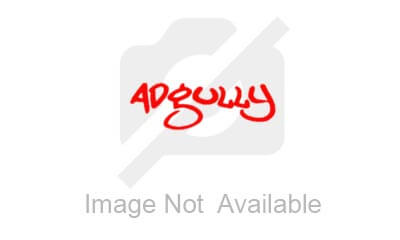

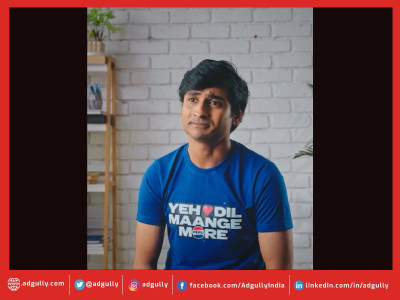
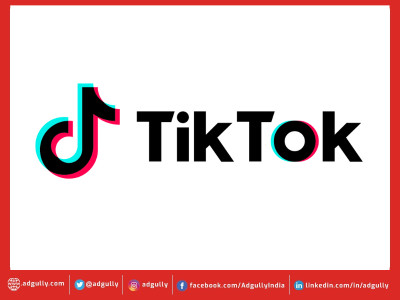
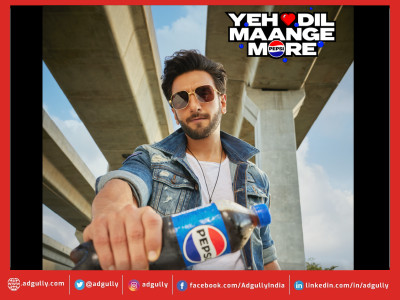
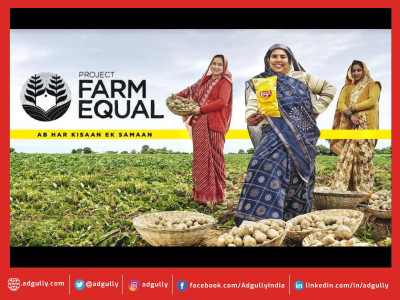
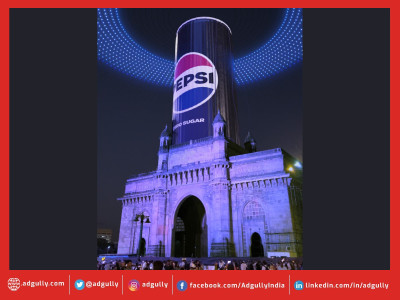
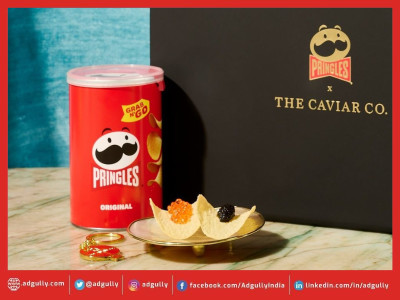

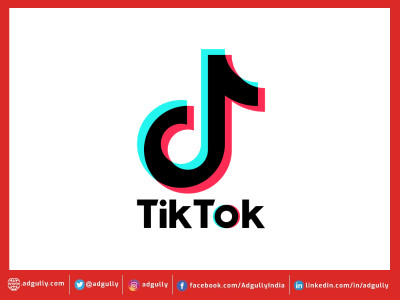
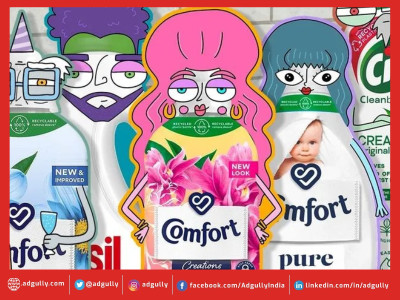

Share
Facebook
YouTube
Tweet
Twitter
LinkedIn